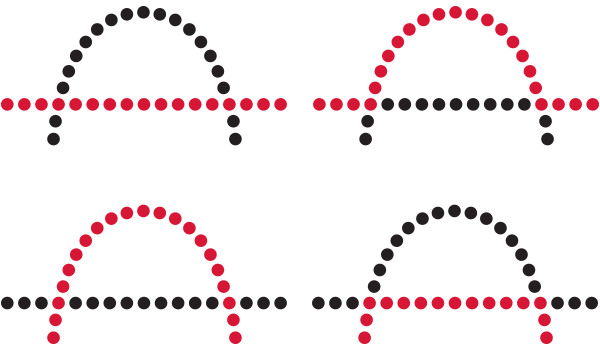Struggling with responsive design? You’re not alone. From navigation that’s tricky to tap on mobile to layouts that fall apart on smaller screens, responsive design presents unique challenges for web designers.


Struggling with responsive design? You’re not alone. From navigation that’s tricky to tap on mobile to layouts that fall apart on smaller screens, responsive design presents unique challenges for web designers.

Responsive design is essential in today’s mobile-first world, allowing websites to adapt seamlessly to any screen size. This post explores how responsive design improves user experience, boosts search rankings, and enhances business success through higher conversions …

In web design, responsive design is not optional—it’s essential. With most users accessing websites on smaller screens, making content responsive is critical to providing an optimal user experience. Divi has long supported responsive editing, but with the release of…

Divi has long been celebrated as one of the most powerful and versatile WordPress themes. Now, with the release of Divi 5, things are changing in a big way.

As web designers and developers, we know that performance is everything. Waiting for a slow page builder to load or render changes can interrupt the creative flow and kill productivity. That’s why one of the main goals of Divi 5 is to revolutionize the speed and perfo…

Divi 5 offers a range of improvements, enhancing both performance and user interaction with the Visual Builder. While the interface will feel familiar to existing users, new updates make building websites smoother and more intuitive, with features that increase speed an…

Elements with symmetry are viewed as belonging to the same group. A great synonym for the symmetry principle would be coherence or the balanced variety in unity.

Users perceive interface design elements that differentiate the foreground (figure) from the background (ground) as something to focus on or interact with.

The eye automatically follows lines and curves, continuing them. Employ continuation to guide users along desired paths in the UI.

Design elements that appear similar in some way — sharing the same color, shape, or size — are perceived as related, while elements that appear dissimilar are perceived as belonging to separate groups.